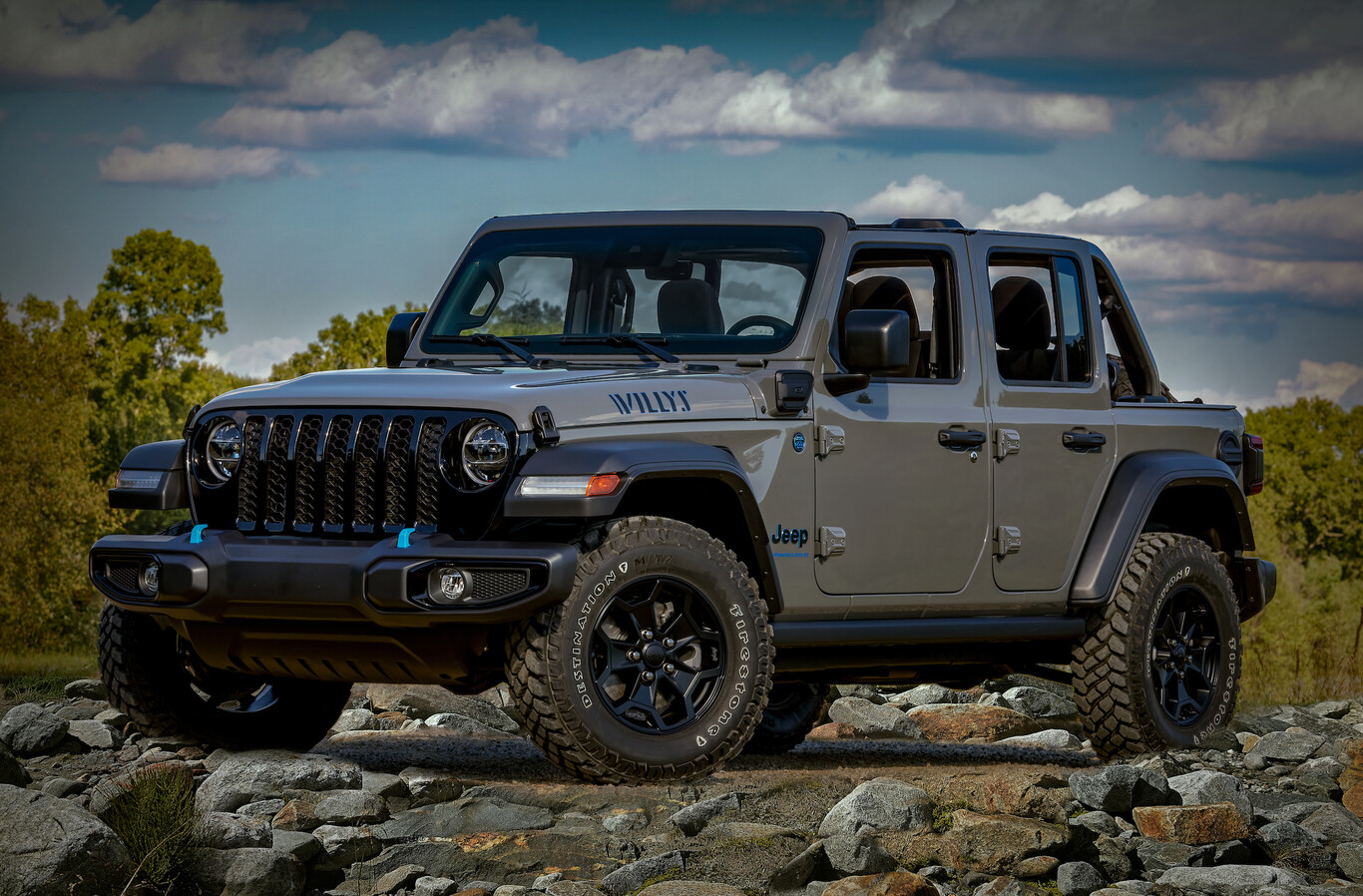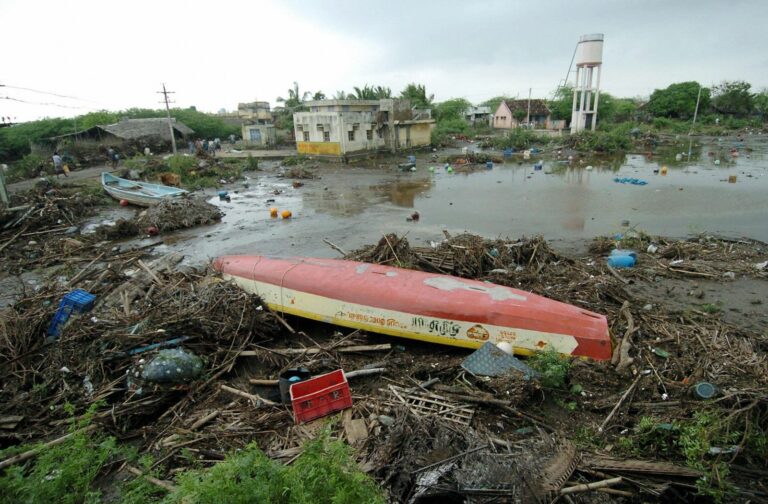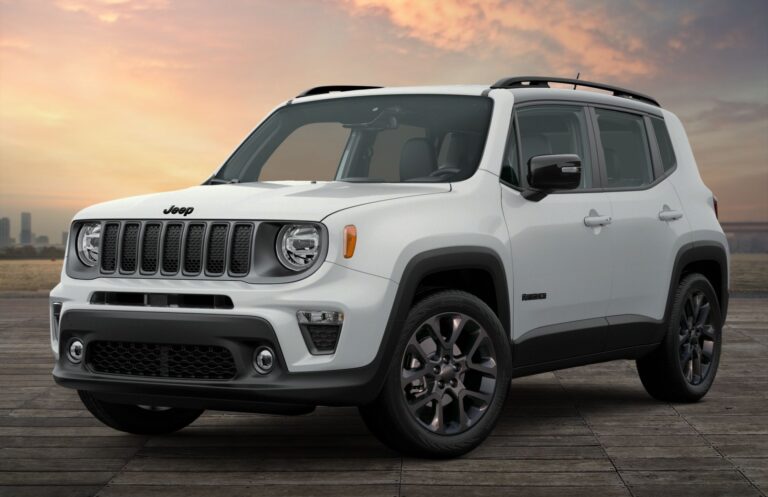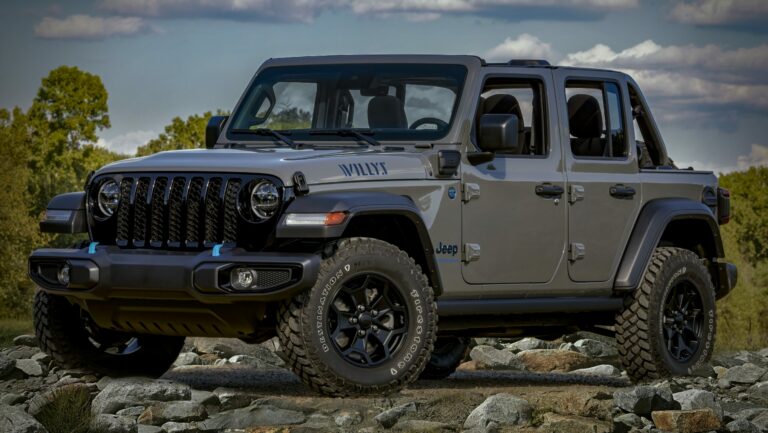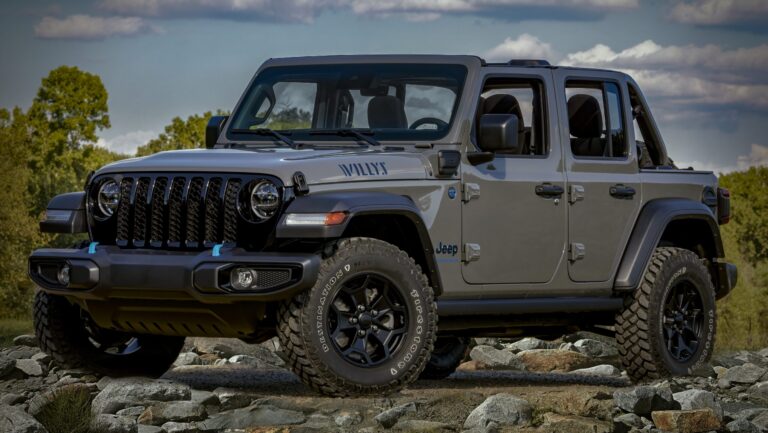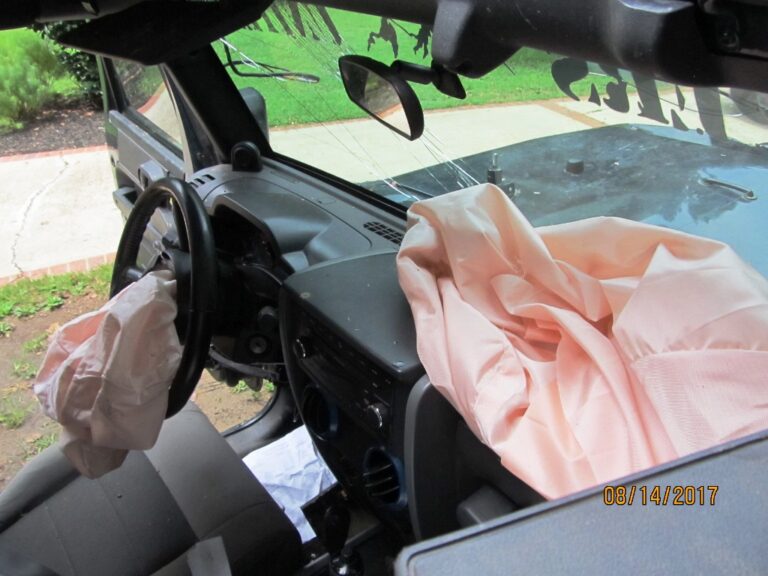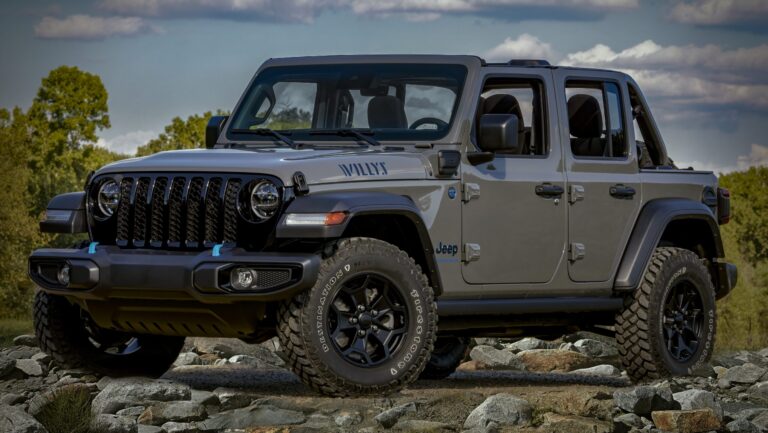Jeep Wrangler Lift Kit For Sale: Your Ultimate Guide to Elevating Your Ride
Jeep Wrangler Lift Kit For Sale: Your Ultimate Guide to Elevating Your Ride jeeps.truckstrend.com
The iconic Jeep Wrangler, with its rugged charm and unparalleled off-road prowess, is a vehicle designed for adventure. Yet, for many enthusiasts, the stock configuration is just a starting point. To truly unlock its potential, especially for tackling more aggressive trails, fitting larger tires, or simply achieving that commanding presence, a Jeep Wrangler Lift Kit is often the first and most impactful modification. If you’re currently in the market for a "Jeep Wrangler Lift Kit For Sale," you’ve landed in the right place. This comprehensive guide will navigate you through everything you need to know, from understanding the basics to making an informed purchase and ensuring a successful installation.
Understanding the Jeep Wrangler Lift Kit: More Than Just Height
Jeep Wrangler Lift Kit For Sale: Your Ultimate Guide to Elevating Your Ride
At its core, a Jeep Wrangler lift kit is a system of aftermarket components designed to increase your vehicle’s ground clearance and often, its suspension articulation. It’s not merely about making your Jeep taller; it’s about enhancing its capability and aesthetics.
A typical lift kit replaces or augments several factory components, including:
- Coil Springs: These are the primary components that dictate ride height. Lift springs are longer and/or stiffer than stock, providing the desired lift.
- Shock Absorbers: Longer shocks are necessary to accommodate the increased suspension travel provided by taller springs. They also play a crucial role in ride comfort and control.
- Control Arms: These link the axles to the frame. Lift kits often include longer or adjustable control arms to correct axle position and maintain proper suspension geometry after lifting.
- Track Bars: These bars center the axles under the vehicle. Lifting can shift the axles laterally, so adjustable track bars or relocation brackets are included to re-center them.
- Brake Line Extensions: Longer brake lines are often required to prevent stretching or damage at full suspension droop.
- Bump Stop Extensions: These prevent the suspension from over-compressing and damaging components.
- Sway Bar Links: Extended links are used to maintain proper sway bar function and articulation.

The purpose of these combined components is to not only raise the vehicle but to ensure that the suspension operates correctly and safely, maintaining proper alignment, steering, and driveline angles.
Why Lift Your Wrangler? The Benefits Unveiled
![]()
The decision to install a lift kit on your Jeep Wrangler stems from a desire to improve its performance and appearance. Here are the primary benefits:
- Enhanced Off-Road Capability: This is arguably the most significant advantage. Increased ground clearance means your undercarriage is less likely to scrape on rocks, logs, or deep ruts. Better articulation (the ability of the wheels to move up and down independently) keeps all four tires on the ground over uneven terrain, maximizing traction.
- Accommodation for Larger Tires: Most Wrangler owners lift their vehicles to fit larger diameter tires. Taller tires further increase ground clearance and provide a larger contact patch, improving grip on various surfaces. They also contribute significantly to the rugged, aggressive look.
- Improved Aesthetics and Stance: A lifted Wrangler simply looks more imposing and capable. The elevated stance and the ability to fit beefier tires transform its appearance, giving it a more aggressive and customized look that many enthusiasts desire.
- Better Visibility (Debatable): While you sit higher, offering a different perspective, some argue it improves visibility over obstacles. However, it can also create larger blind spots directly around the vehicle.
- Personalization: A lift kit is a major step in customizing your Jeep to suit your specific needs and style, making it truly unique.
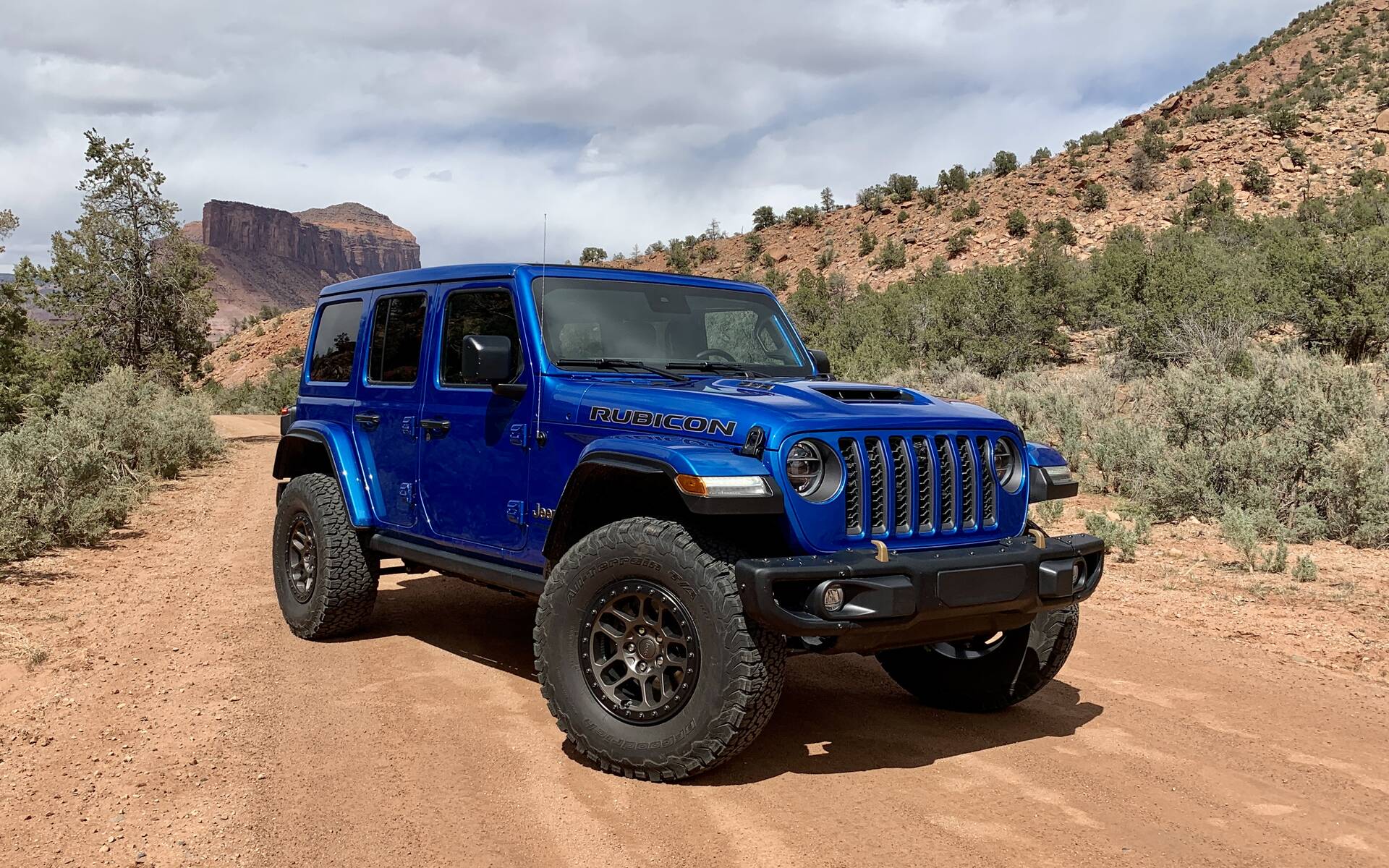
Navigating the Types of Lift Kits Available
When searching for a "Jeep Wrangler Lift Kit For Sale," you’ll encounter various types, each offering different levels of lift, performance, and price points. Understanding these categories is crucial for making the right choice:
-
Spacer Lifts (Budget Boosts):
- Description: These kits use urethane or aluminum spacers placed above the factory coil springs and/or between the body and frame (body lift). They retain the factory springs and shocks.
- Lift Height: Typically 0.75 to 2.5 inches.
- Pros: Most affordable, easiest to install, maintains factory ride quality (as it uses factory springs/shocks).
- Cons: Does not improve articulation or off-road performance significantly, often limits tire size compared to full suspension lifts.
- Ideal For: Mild lift for aesthetics, clearing slightly larger tires, or those on a tight budget.
-
Coil Spring Lifts:
- Description: Replaces factory coil springs with longer ones and includes longer shocks. May also include track bar brackets, sway bar links, and bump stop extensions.
- Lift Height: Typically 2.5 to 3.5 inches.
- Pros: Good balance of lift height, performance, and cost. Improves articulation and off-road capability.
- Cons: Can impact driveline angles on some models, potentially requiring additional components (e.g., exhaust spacers).
- Ideal For: General off-roading, fitting 33-35 inch tires, a noticeable improvement over stock.
-
Short Arm Lifts:
- Description: Builds upon coil spring lifts by adding new, often longer or adjustable, short control arms. These help correct caster and pinion angles.
- Lift Height: Typically 3.5 to 4.5 inches.
- Pros: Significant increase in ground clearance and articulation, better handling than just springs and shocks at higher lifts, allows for larger tires (35-37 inches).
- Cons: Can put stress on control arm mounts, may require exhaust modifications and possibly driveshaft upgrades on JK/JL models.
- Ideal For: Serious off-roaders looking for substantial capability without going full custom.
-
Long Arm Lifts:
- Description: Replaces factory control arms with much longer ones that mount closer to the center of the frame. This dramatically improves suspension geometry, articulation, and ride quality, especially at higher lifts.
- Lift Height: Typically 4.5 inches and above.
- Pros: Superior ride quality on and off-road, exceptional articulation, minimizes driveline vibrations, ideal for very large tires (37+ inches).
- Cons: Most expensive, most complex to install (often requires welding and cutting of factory mounts), reduces ground clearance under the control arm mounts.
- Ideal For: Extreme off-roading, rock crawling, those seeking the ultimate in performance and comfort at high lifts.
-
Coilover Systems:
- Description: Replaces traditional springs and shocks with integrated coilover units (springs wrapped around a shock absorber). Allows for precise tuning of ride height and damping.
- Lift Height: Highly adjustable.
- Pros: Unparalleled performance, highly tunable, excellent heat dissipation for high-speed desert running or sustained aggressive off-roading.
- Cons: Extremely expensive, highly complex installation, often requires custom fabrication.
- Ideal For: Professional racers, extreme custom builds, or those with unlimited budgets seeking the absolute pinnacle of suspension performance.
Key Considerations Before Your Purchase
Before you jump on the first "Jeep Wrangler Lift Kit For Sale" you see, take a moment to consider these crucial factors:
- Intended Use: Are you a daily driver who occasionally hits mild trails, or a dedicated rock crawler? Your usage dictates the type and robustness of the kit you need.
- Desired Lift Height & Tire Size: Be realistic. A 2.5-inch lift is great for 33-35 inch tires, but 37s often require 3.5 inches or more, which then introduces other necessary modifications.
- Budget: Lift kits range from a few hundred dollars to several thousands. Factor in not just the kit cost but also installation, larger tires, wheels, and potential supplementary upgrades (e.g., re-gearing, driveshafts).
- Driveline Angles: Lifting can alter driveline angles, leading to vibrations or premature wear on universal joints and driveshafts, especially on JK/JL models with 3.5+ inch lifts. Some kits include components to correct this, or you may need aftermarket driveshafts.
- Steering Geometry: Lifting affects caster angle, which influences steering feel and stability. Good kits address this with correction brackets or adjustable control arms.
- Brand Reputation: Stick with reputable brands known for quality, engineering, and customer support (e.g., TeraFlex, AEV, MetalCloak, Rough Country, Rubicon Express, Old Man Emu).
- Warranty: Understand how lifting your Jeep might affect your factory warranty. Some dealerships are more accommodating than others. Aftermarket lift kit components typically come with their own warranties.
The "For Sale" Landscape: Finding Your Ideal Kit
When looking for a "Jeep Wrangler Lift Kit For Sale," you have several avenues:
-
New Kits from Reputable Retailers:
- Online Stores: Websites like ExtremeTerrain, Quadratec, 4 Wheel Parts, Morris 4×4 Center offer vast selections, competitive pricing, and often free shipping. They provide detailed product descriptions, customer reviews, and technical support.
- Brick-and-Mortar Shops: Local off-road shops or performance auto parts stores can offer personalized advice and may even handle installation.
- Pros: Full warranty, brand-new components, professional support.
- Cons: Highest price point.
-
Used Kits (Online Marketplaces, Local Classifieds):
- Platforms: eBay, Facebook Marketplace, Craigslist, dedicated Jeep forums, and local off-road club classifieds are common places to find used kits.
- Pros: Significantly lower cost, potential for high-end kits at a bargain.
- Cons: No warranty, unknown history, potential for worn or damaged components, requires careful inspection.
- Tips for Buying Used:
- Inspect Thoroughly: Look for bent components, rust, damaged bushings, leaking shocks, or stripped threads.
- Ask Questions: Why are they selling? How many miles on the kit? What model year Wrangler was it on?
- Verify Completeness: Ensure all components are present according to the manufacturer’s parts list. Missing parts can be costly to replace.
- Beware of "Franken-kits": Avoid kits cobbled together from different brands unless you’re very knowledgeable.
- Seller Reputation: Check seller reviews and ratings if buying online.
Installation: DIY or Professional?
Once you’ve found your "Jeep Wrangler Lift Kit For Sale" and made the purchase, the next step is installation. This is a critical phase that can significantly impact your Jeep’s performance and safety.
-
Do-It-Yourself (DIY):
- Pros: Saves on labor costs, great learning experience, sense of accomplishment.
- Cons: Requires a good set of tools (floor jack, jack stands, torque wrench, impact wrench, various sockets/wrenches), mechanical aptitude, and a significant time commitment (8-20+ hours depending on kit complexity). Potential for mistakes if inexperienced.
- Advice: Follow the manufacturer’s instructions precisely. Watch installation videos specific to your kit and Wrangler model. Have a friend help. Torque all bolts to spec.
-
Professional Installation:
- Pros: Expert knowledge, specialized tools, faster installation, typically comes with a warranty on labor, peace of mind that it’s done correctly.
- Cons: Added cost (can range from $500 to $1500+ depending on the kit and shop).
- Advice: Choose a reputable off-road shop with experience installing Wrangler lift kits. Get quotes from several places. Ensure they will perform a proper alignment after installation.
Post-Installation Essentials: Optimizing Performance
Installing a lift kit is often just the beginning. To ensure optimal performance, safety, and longevity of your lifted Wrangler, consider these post-installation steps:
- Professional Alignment: Absolutely crucial after any suspension modification. It ensures proper steering, tire wear, and handling.
- Re-gearing (for larger tires): If you go significantly larger with tires (e.g., 35 inches or more from stock 30-32 inches), your engine and transmission will struggle. Re-gearing the axles to a lower ratio restores power, improves fuel economy, and reduces strain on the drivetrain.
- Aftermarket Driveshafts: For lifts 3.5 inches and above (especially on JK/JL models), the factory driveshafts can operate at extreme angles, leading to vibrations and premature failure. Aftermarket heavy-duty driveshafts (e.g., 1310 or 1350 series) are a common and highly recommended upgrade.
- Brake Line Extensions/Relocation: Ensure your brake lines have enough slack at full droop to prevent stretching or rupturing.
- Bump Stop Extensions: Properly sized bump stops are vital to prevent tires from rubbing fenders and to protect shocks from bottoming out.
- Steering Corrector Kits: For some lift heights, components like a dropped pitman arm or high-steer kit may be necessary to correct steering geometry and eliminate bump steer.
- Regular Inspections: After installation and periodically thereafter, check all bolts for proper torque, inspect bushings for wear, and look for any signs of damage or unusual wear.
Maintaining Your Lifted Wrangler
A lifted Jeep requires a bit more attention than a stock one. Regularly inspect your suspension components for loose bolts, worn bushings, or damaged shocks. Keep an eye on tire wear patterns, which can indicate alignment issues. Proper maintenance will ensure your investment lasts and your Jeep remains safe and capable for all your adventures.
Jeep Wrangler Lift Kit Pricing Guide (Representative Ranges)
Please note that actual "for sale" prices will vary significantly based on brand, specific components included, new vs. used condition, and sales/promotions. This table provides a general guide.
| Lift Kit Type | Typical Lift Height | Estimated Price Range (New) | Key Components | Considerations |
|---|---|---|---|---|
| Spacer Lift (Budget Boost) | 0.75" – 2.5" | $100 – $400 | Coil spring spacers, shock extensions/relocation brackets, sway bar links (some kits). | Most affordable, easiest DIY. Minimal performance gain, primarily aesthetic or for very mild tire increase. Ride quality remains stock. |
| Coil Spring Lift | 2.5" – 3.5" | $500 – $1,500 | Longer coil springs, longer shocks, bump stop extensions, extended sway bar links, possibly track bar brackets. | Good balance of cost & performance. Improved articulation. May require exhaust spacers or minor driveline adjustments for some Jeeps/lifts. |
| Short Arm Lift | 3.5" – 4.5" | $1,500 – $3,500 | All components of coil spring lift PLUS adjustable/fixed short control arms (upper & lower), possibly new track bars. | Significant off-road improvement. Corrects caster/pinion. Often requires driveshaft upgrades (especially 2-door JK/JL, or higher 3.5"+ lifts). More complex installation. |
| Long Arm Lift | 4.5"+ | $3,000 – $8,000+ | Extended control arms, new frame mounting points, new coil springs, high-performance shocks, full driveline correction. | Superior articulation & ride quality. Best for extreme off-roading. Most expensive and complex (often requires cutting/welding). Reduces ground clearance at frame mounts. Definitely requires driveshaft, brake line, and steering upgrades. |
| Coilover System | Adjustable | $5,000 – $15,000+ | Coilover shocks (integrated spring & shock), custom mounts, hydro bump stops, often part of a complete long arm system. | Ultimate performance & adjustability. Extremely expensive. Highly specialized for competitive use or very high-speed off-roading. Requires extensive fabrication and tuning. Not for the casual user. |
| Additional Costs | Varies | Installation labor ($500-$1500+), larger tires ($1000-$3000+), wheels ($500-$1500+), re-gearing ($1500-$3000), driveshafts ($500-$1000+ each). | These are crucial hidden costs. Always factor them into your budget. Re-gearing and driveshafts are often necessary for optimal performance and longevity with larger tires and higher lifts. |
Frequently Asked Questions (FAQ)
Q1: Do I need a lift kit for bigger tires on my Jeep Wrangler?
A1: Yes, almost always. While very slightly larger tires might fit without a lift, a lift kit is generally required to prevent rubbing during turns and suspension articulation, especially when off-roading.
Q2: Will a lift kit void my factory warranty?
A2: It might, depending on the dealership and the specific component that fails. Generally, a lift kit will only void the warranty on components directly affected by the lift (e.g., suspension, driveline). It’s best to discuss this with your dealership before installation.
Q3: How much lift do I need?
A3: It depends on your desired tire size and intended use.
- 2.5-3.5 inches: Most popular, good for 33-35 inch tires, suitable for general off-roading.
- 3.5-4.5 inches: For 35-37 inch tires, more aggressive off-roading, may require more supplemental modifications.
- 4.5+ inches: For 37+ inch tires, extreme off-roading, requires significant additional modifications (driveshafts, re-gearing, steering).
Q4: What’s the difference between a body lift and a suspension lift?
A4: A body lift raises the body off the frame using spacers, providing clearance for tires without changing suspension geometry. A suspension lift replaces or modifies suspension components to raise the frame and axles, increasing ground clearance and often improving articulation. Suspension lifts are generally preferred for off-road performance.
Q5: Do I need to re-gear after lifting my Jeep?
A5: You don’t always need to re-gear immediately after lifting, but you almost certainly will if you install significantly larger tires (e.g., going from 32-inch stock tires to 35s or 37s). Re-gearing restores lost power, improves fuel economy, and reduces strain on your drivetrain.
Q6: Is installation difficult? Can I do it myself?
A6: Installation difficulty varies greatly by kit type. Spacer lifts are relatively easy. Full suspension lifts (especially long arm kits) are much more involved, requiring specialized tools, mechanical knowledge, and significant time. Many enthusiasts do DIY installations, but if you’re unsure, professional installation is recommended for safety and proper function.
Q7: What are some reputable lift kit brands for Jeep Wranglers?
A7: Popular and well-regarded brands include TeraFlex, AEV (American Expedition Vehicles), MetalCloak, Rough Country, Rubicon Express, Old Man Emu (ARB), Rancho, JKS Manufacturing, and Rock Krawler. Researching reviews for specific kits is always a good idea.
Conclusion
Finding the perfect "Jeep Wrangler Lift Kit For Sale" is an exciting step towards transforming your vehicle. Whether you’re aiming for enhanced off-road capability, the ability to run larger tires, or simply a more aggressive aesthetic, a well-chosen and properly installed lift kit can unlock your Wrangler’s full potential. By understanding the different types of kits, considering your needs and budget, making a smart purchase, and addressing post-installation requirements, you’ll ensure your lifted Jeep Wrangler provides years of thrilling adventures on and off the pavement. Elevate your ride, embrace the trails, and enjoy the commanding presence of your truly customized Jeep.
